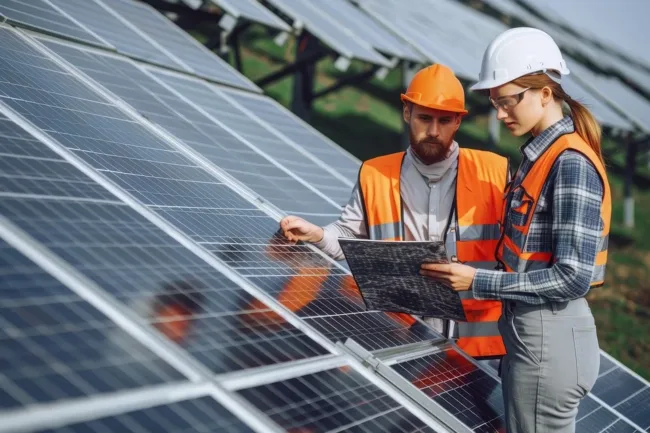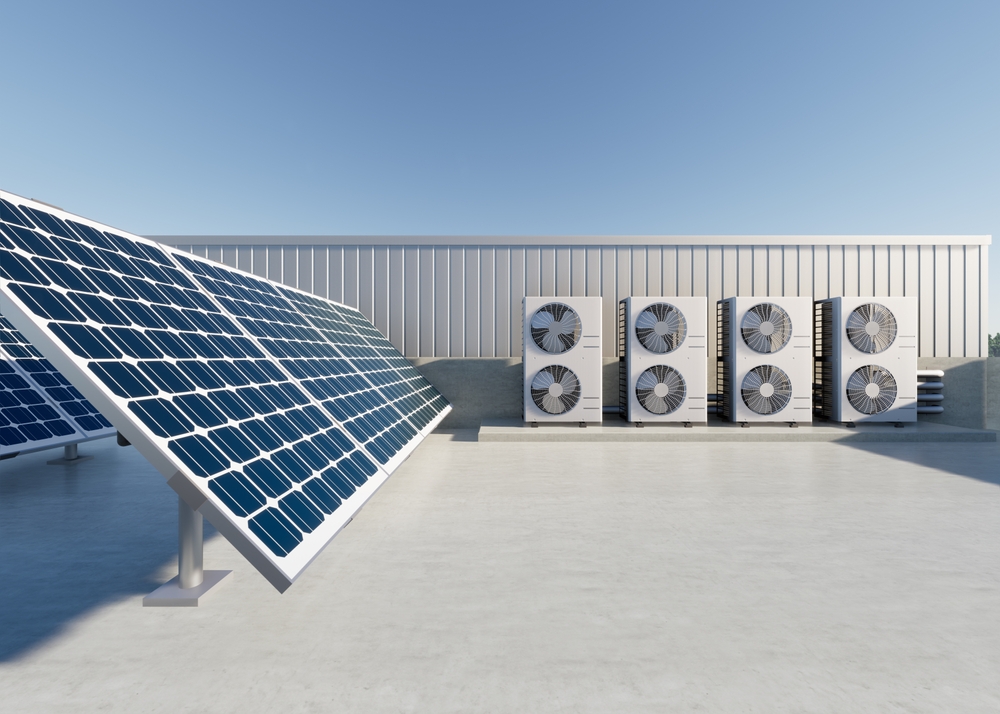
Improving your home’s energy efficiency not only reduces your environmental impact but also saves you money on utility bills. With a few strategic upgrades and lifestyle changes, you can significantly enhance your home’s energy performance. Here’s how to get started.
1. Harness Renewable Energy
Installing solar panels is one of the most effective ways to make your home energy-efficient. These systems convert sunlight into electricity, reducing your reliance on traditional energy sources. While the initial investment can be substantial, the long-term savings and potential government incentives make it a worthwhile consideration.
2. Upgrade Your Insulation
Proper insulation is key to maintaining a consistent indoor temperature. By insulating your walls, attic, and floors, you can minimise heat loss in the winter and keep your home cooler in the summer. This reduces the strain on your heating and cooling systems, lowering energy consumption.
3. Switch to Energy-Efficient Windows
Old or poorly sealed windows can be a major source of energy loss. Replace them with double or triple-glazed windows to improve insulation and reduce heat transfer. Adding window treatments like heavy curtains or blinds can further enhance their efficiency.
4. Install a Smart Thermostat
A smart thermostat allows you to optimise your home’s heating and cooling schedule based on your lifestyle. By programming temperature adjustments when you’re away or asleep, you can avoid unnecessary energy use while maintaining comfort.
5. Use Energy-Efficient Appliances
Upgrade to appliances with high energy-efficiency ratings. Look for the Energy Star label when purchasing items like refrigerators, washing machines, and dishwashers. These models consume less electricity and water, helping you save on utility bills.
6. Seal Air Leaks
Drafts and air leaks can undermine even the best insulation. Check for gaps around windows, doors, and vents, and seal them with weatherstripping or caulking. This simple step prevents conditioned air from escaping and reduces energy waste.
7. Optimise Your Lighting
Switching to LED or CFL bulbs is an easy way to cut down on energy usage. These bulbs last longer and consume less electricity than traditional incandescent options. Additionally, make the most of natural light during the day to further reduce reliance on artificial lighting.
8. Adopt Water-Saving Practices
Heating water accounts for a significant portion of energy use in most homes. Install low-flow showerheads and faucets, fix leaks promptly, and consider using cold water for laundry whenever possible to save both water and energy.
Conclusion
Making your home more energy-efficient doesn’t require drastic changes. By adopting renewable energy solutions like solar panels and implementing small upgrades, you can create a sustainable living environment that benefits both your wallet and the planet. Start with these tips and enjoy the long-term rewards of a greener home.

